Tagged With Snakes

Why Are There No Snakes in Alaska? The Snake Snub Mystery
19 March 2024
Presence of snakes in Alaska, impact of climate change on reptiles, cultural importance, and ways to stop the spread of invasive species.
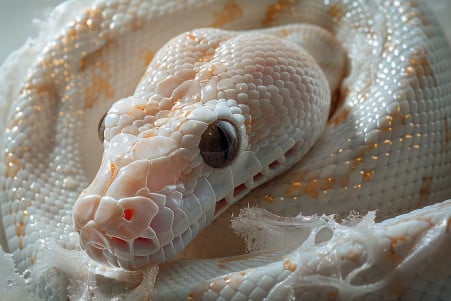
How Often Do Snakes Shed? Unraveling the Science Behind Skin Renewal
15 March 2024
Factors that play a role in how often a snake sheds, such as the snake's age, size, diet, health, and habitat, along with how to help ensure a healthy shed.
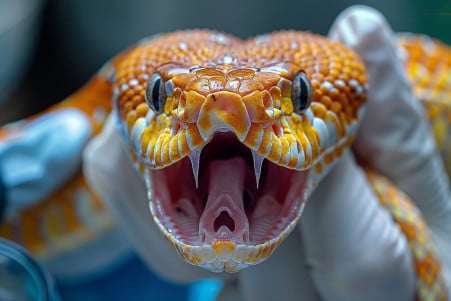
How Many Teeth Do Snakes Have? An Inside Look at Their Teeth
13 March 2024
Summary of the different kinds of snake teeth, their place in evolution, and how snake dentition is related to the way snakes deliver venom and what they eat.
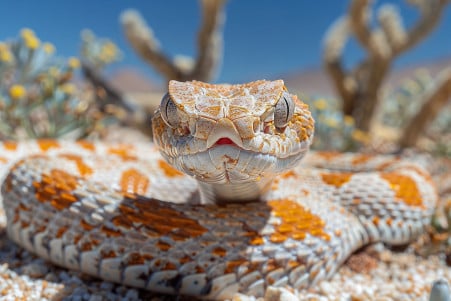
Do Hognose Snakes Have Venom? Exploring the Mild Mystery
8 March 2024
Hognose snakes are rear-fanged with a weak venom that is harmless to people and primarily used to help them catch amphibian prey, along with special warning displays.

How Do Snakes Poop? Decoding the Reptilian Digestive Process
7 March 2024
The physical and chemical changes that food undergoes in the digestive system, the role of the liver in digestion, and common digestive disorders.
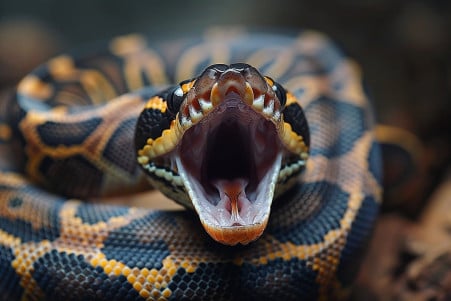
Why Do Snakes Yawn? The Science of Mouth Gaping
4 March 2024
The science behind snake yawns: why it happens and what it means for jaw movement, sensory input, and the digestive system, not tiredness.
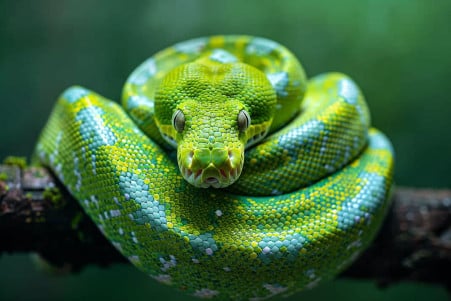
Can Snakes Fart? An Investigation into Reptile Digestion
4 March 2024
The science of snake farts: why they are so rare and what they tell us about the gut microbiome, metabolism, and potential health problems or adaptations.

What Do Owls Eat? A Look at the Hunting Behavior of Owls
29 February 2024
Owls eat snakes as part of a complex predator-prey relationship that is impacted by the size of the owl, the environment, and the availability of prey.
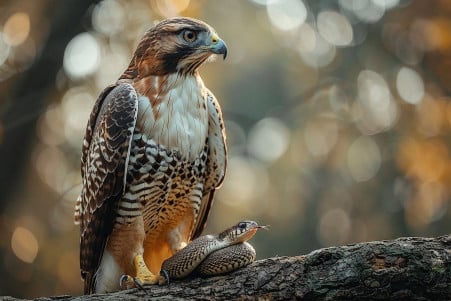
Do Hawks Eat Snakes? A Look into Their Predatory Diet
28 February 2024
Hawks eat both poisonous and non-venomous snakes, which has led to changes in ecosystems and the evolution of snakes.

Do Snakes eat Frogs? The Predator-Prey Relationship with Frogs
23 February 2024
Diet of the frog-eating snake, ecological implications, frog adaptations, and snake foraging behavior.
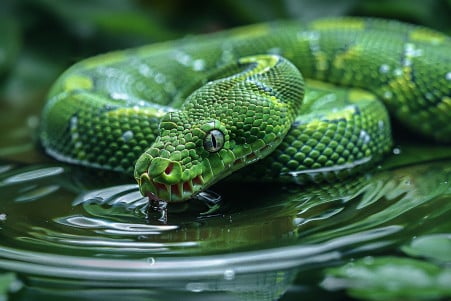
How Do Snakes Drink Water? The Mystery of Their Hydration
23 February 2024
How snakes use their mouths to drink like a sponge, how they've evolved to live in a variety of habitats, and why water is so important to them.
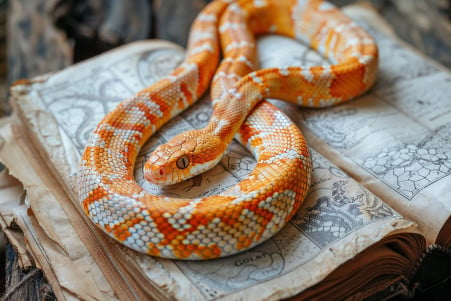
Did Snakes Have Legs? Tracing Their Evolutionary History
21 February 2024
Snakes are the result of evolution from animals with legs, and they have vestigial limbs and genetic mutations, including in the Sonic hedgehog gene.